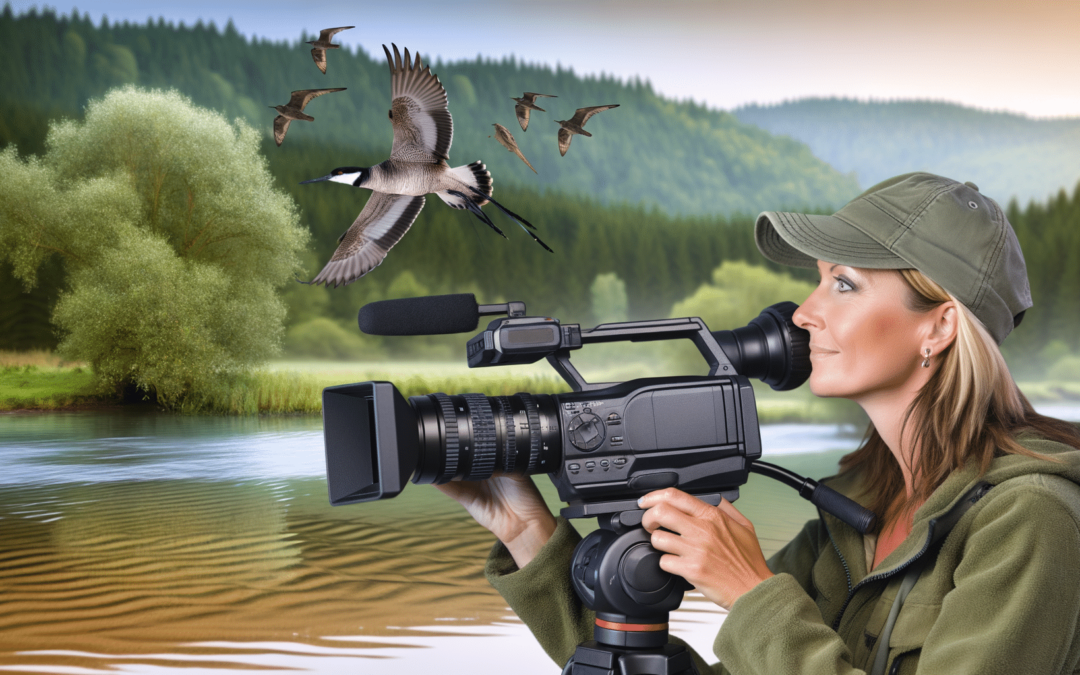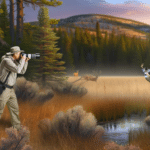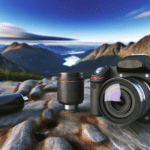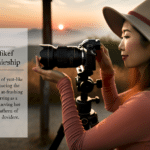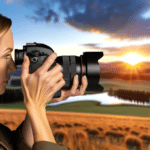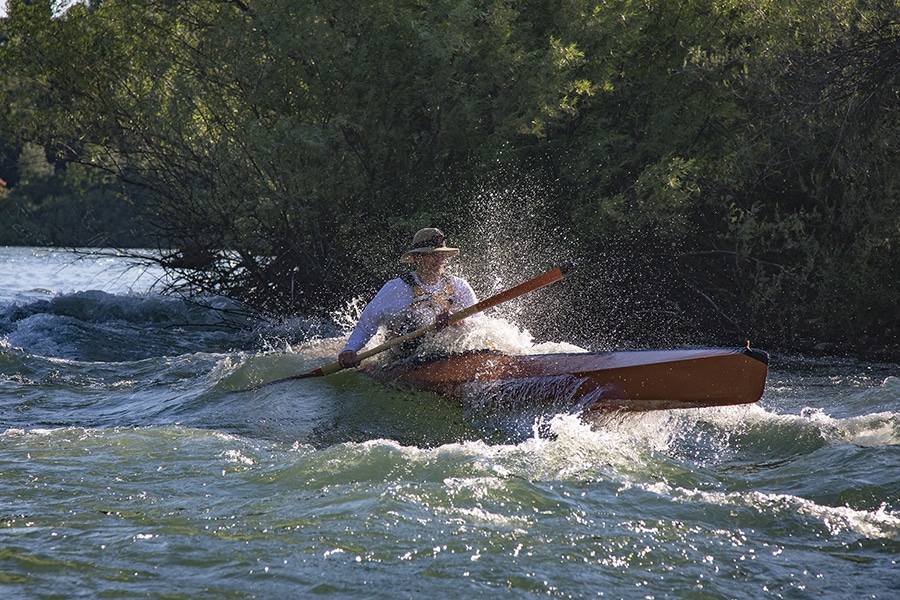Wildlife videography is increasingly popular, and there are key tips for beginners to create engaging stories. A compelling wildlife video should tell a story, not just be a montage of clips. This can be achieved by carefully selecting and sequencing shots, focusing on interesting behaviors, and not relying on voiceovers or presenters. It’s common to mix footage from different times to craft a narrative.
Effective wildlife videos also vary their shots, alternating between wide and close-up views to maintain viewer interest and eliminate dull moments. Manual focus is crucial, as autofocus can ruin shots by constantly searching for focus. Manual focusing requires practice, but even professionals miss shots occasionally. Similarly, avoid zooming during a shot unless it serves a specific purpose.
Adding filler shots is important to set the scene and provide context, using clips of the environment to complement the main subject. Sound is equally important as visuals; many wildlife videos add sound in post-production rather than recording it on-site. Using a separate audio recorder can enhance the quality of the sound.
For smooth panning and movement, investing in a fluid head for the tripod is recommended. While expensive, it’s a valuable tool for those serious about wildlife film. Fluid heads can be purchased separately and attached to existing tripods for those starting out with a smaller budget.
Details: here
